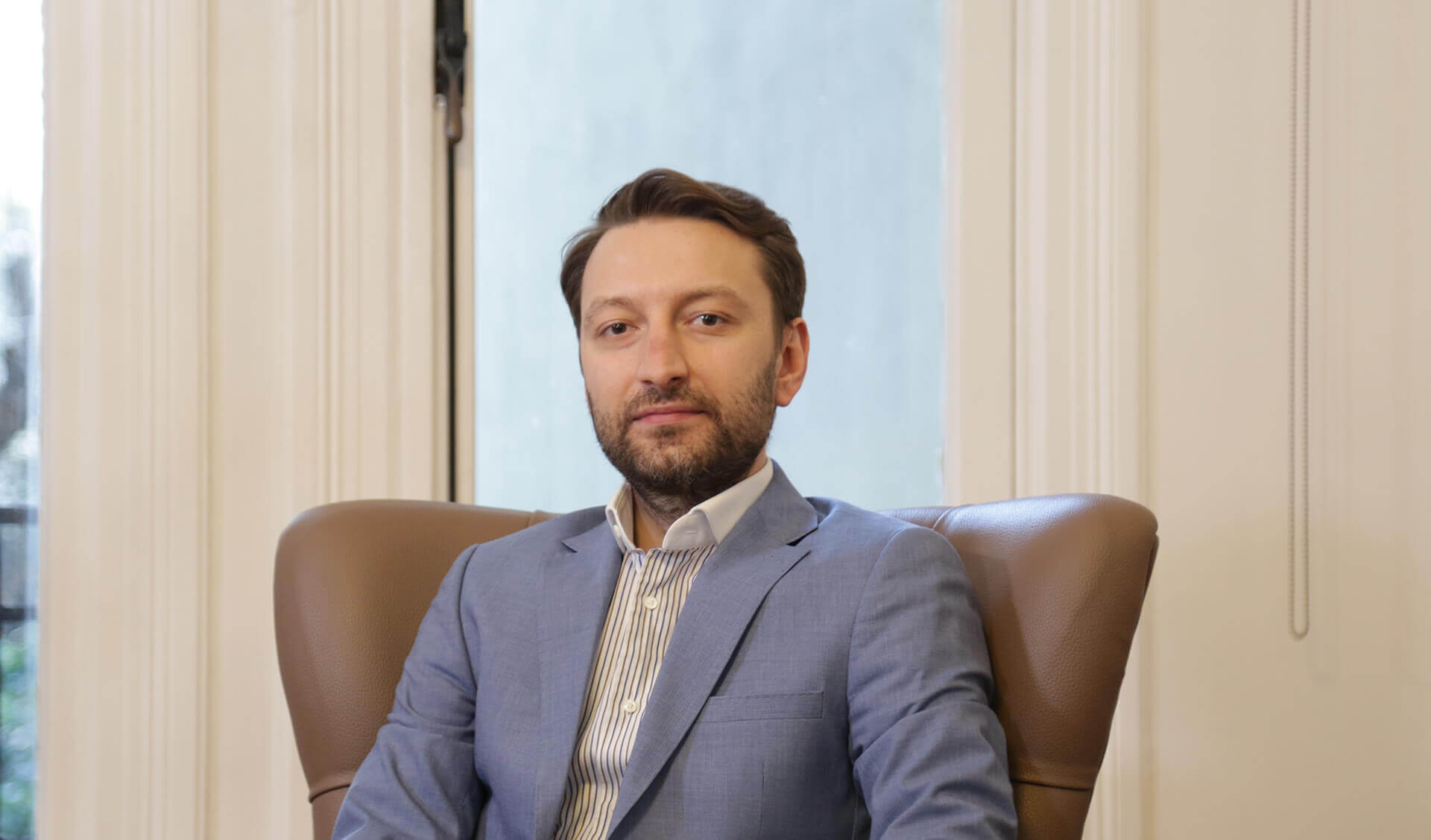The endoscopic midface lift may be performed on patients in their mid-30s to 40s whose facial aging is mostly limited to the midface region (i.e., do not have significant jowling, or sagging of the jawline).
Making patients happy with closest to perfect results with the most suitable technique and the finest observable details after detailed examination of the patient is a cornerstone in our occupation.The experience and expertise of doctor is essential in determining the most suitable technique for the patient in that there are various kinds of face rejuvenation surgeries.
These surgeries are used for giving a younger and voluminous appearance to sagged weak tissues located in the middle 1/3 fraction of the face by moving them upwards and making nasolabial folds less obvious to observation.
The purposes of the surgery are moving sagged structures upwards, replacing lost soft tissue, the rearrangement of broken lower eyelid and cheek image via aging.
Sufficient rejuvenation is achieved through single midface lifting surgery between early ages as 30-40 years. Amid the surgery, if necessary, there may be a forehead lifting procedure for patients who have lower eyebrows endoscopically. On patients who have sagging in their lower face and neck areas, facelifting surgery is combined and there can surely be satisfactory and ideal results.
As after all surgeries, last 1 week for the midface lifting surgery, there should be an abstinence from anticoagulants, painkillers such as Voltaren and Apranax, ginko biloba, co-enzyme Q, multivitamins including ginseng, herbal products such as cherry stalk and green tea and weight-loss products with approval of doctor.
Midface lifting surgery, if there is no other surgery would be combined, lasts approximately for 2 hours under general anaesthesia. Feeling of tightness on face and mild pain can be observed postsurgically in patients, but they can be taken under control with ease through painkillers. The swellings on face may take up to approximately 2 weeks post-surgery to recover. Generally, after 10 days, patient may be able to start working.

 en
en TR
TR EN
EN DE
DE FR
FR RU
RU BG
BG AR
AR ES
ES PT
PT